If you follow along with us on our Facebook Page, you were able to share in our excitement this weekend! (And if you don’t, please do! www.Facebook.com/HowWeeLearn) A few weeks ago I wrote about incubating chicken eggs with kids and told you I would add a few more posts. I still owe you a post on candling and chick development – which I will get to you this week, but I was too excited to share this post on ‘The Hatch” to wait.
So, we left off our last chick post on Day 18. Up until this point, you have popped the eggs in the egg turner (pointy end down) added water to keep the humidity at a bout 50% and otherwise left the be. But now, on Day 18 the fun really begins.
On Day 18, the eggs are removed from the egg turner, and simply laid on their sides in the incubator. They no longer require turning. At this point, you are also to increase the humidity to 65%. And then you wait and watch again.
Incubating chicken eggs requires patience – for the incubation period and also for the hatch. Anytime after about Day 19 you will see your chicks “pip” their shell. This is the very first little poke through the shell. After the chick pips, they rest and think and wait (and make their Mama hen’s a little nervous). This waiting can take anywhere from a few minutes to 24 hours.
Eventually, after that pip the chick will “unzip” the shell. The chick develops with it’s head in the fat part of the shell. From this position, it uses it’s egg tooth (which each little babe will have on the tip of it’s beak) to peck around the fat part of the shell, ‘unzipping’ itself. Once it is almost all the way around you will see it start to push with it’s back legs, the shell will open up, and the chick will be out!
Our first chick “pipped” on Day 19 and then waited a full 15 hours before deciding to unzip. I’m not going to pretend I was calm and cool throughout this first hatch. I was up every hour in the night checking on this babe. He was a little early, would he be strong enough to come out? Would he make it? What if he doesn’t make it? What if our very first chick to hatch doesn’t make it? Would that farm that sells one day old chicks be open now? Maybe I should go get some one day old chicks just to be safe? I could keep them in my closet – the kids would never know if I had to do a swap out … You know … thoughts such as this that seem so rational at 3 am. But by morning light, and with some much needed coffee flowing, I felt better. Confident that we had kept the temperature proper, the humidity great, and even managed to only candle the chicks once. Yes, I had more faith in Nature and letting her run the show. And a few hours later, we had our first (perfectly healthy) chick.
After it hatches, it may lay still and rest for a few minutes. It will be very wet and look very tired from all of that hard work! It will soon start to hop around and dry off. Leave your chick in the incubator for as long as you can, for up to 3 days. The humidity and warmth is what the babes need.
The next three days were full of hatching chicks. Each of my kids were able to watch at least one hatch and I was able to catch one on video as well:
Our 2 Minute Video of a Hatching Chick!
Our incubator made it very tricky for my littlest one to see the baby chicks. So for the sake of not lifting the incubator lid often (as the hatching eggs need the level of humidity to stay constant) we transferred our chicks to the brooder relatively quickly. Our brooder, was made out of wood and some chicken wire.
We still have the chicks now, and think we may keep them for a few more days before giving them back to the dear, kind farmer who lent them to us. They change so quickly – and this activity continues to be so full of learning for a long while. Plus, my kids are kinda-sorta head over heels for them. This video is my absolute FAVORITE:
Incubating chicken eggs with my kids was an incredible experience. My kids are of quite varied ages, and all 3 adored this activity – as did the cousins, neighbors, and friends that were able to pop by. Though it requires some set up, it is such a wonderful learning experience for little ones (and big ones too!)
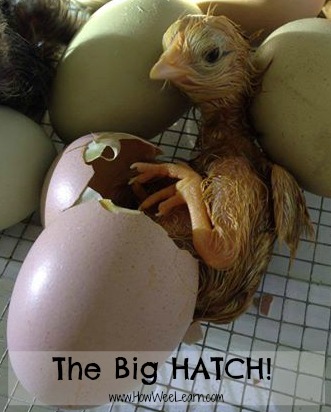
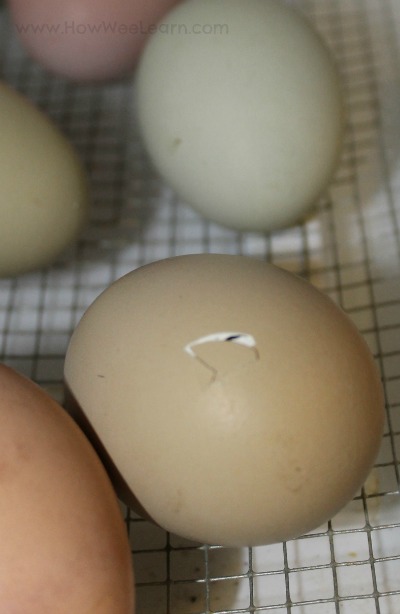
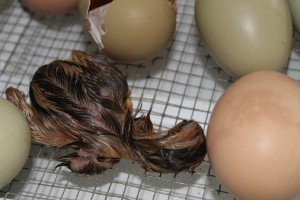
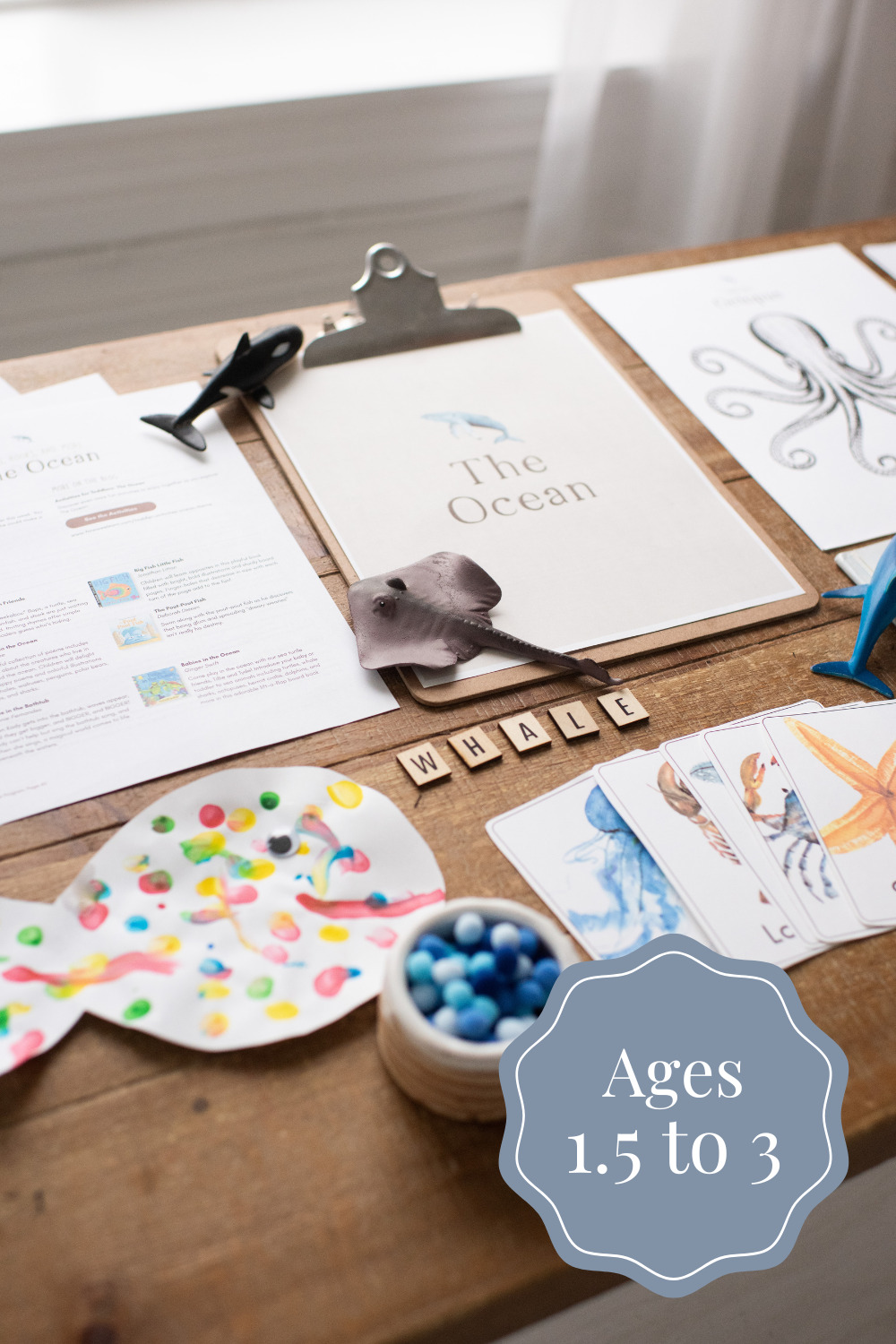
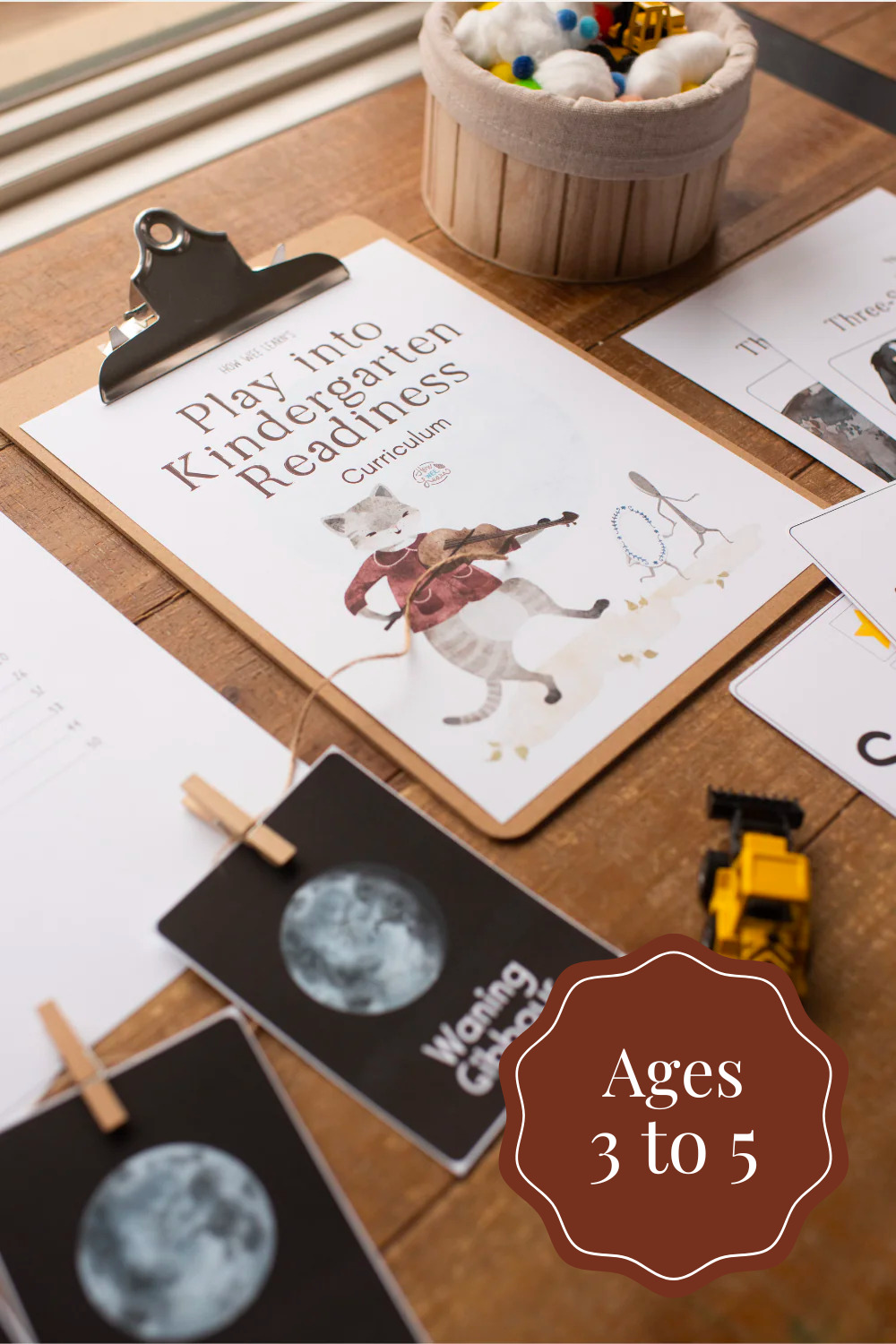
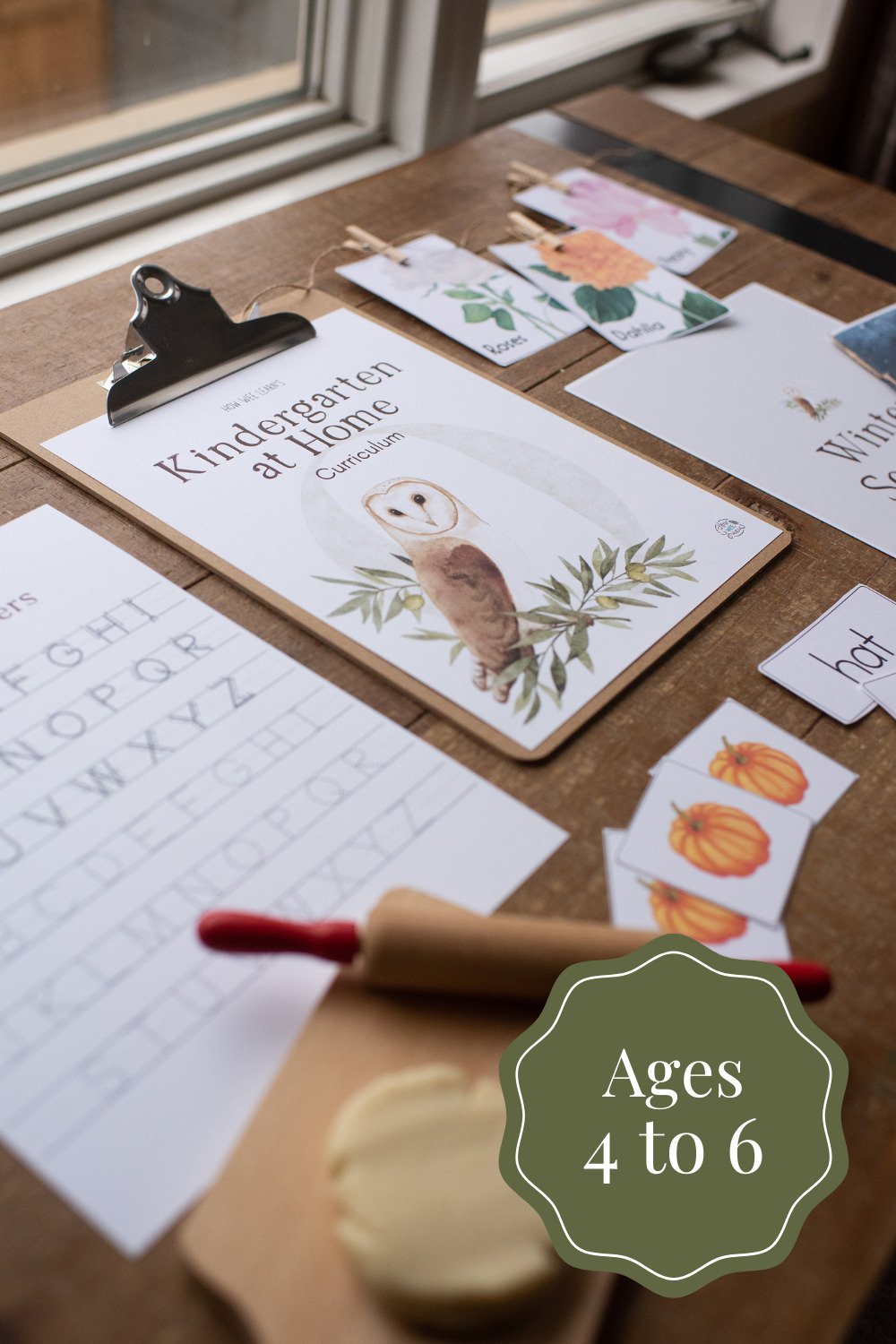


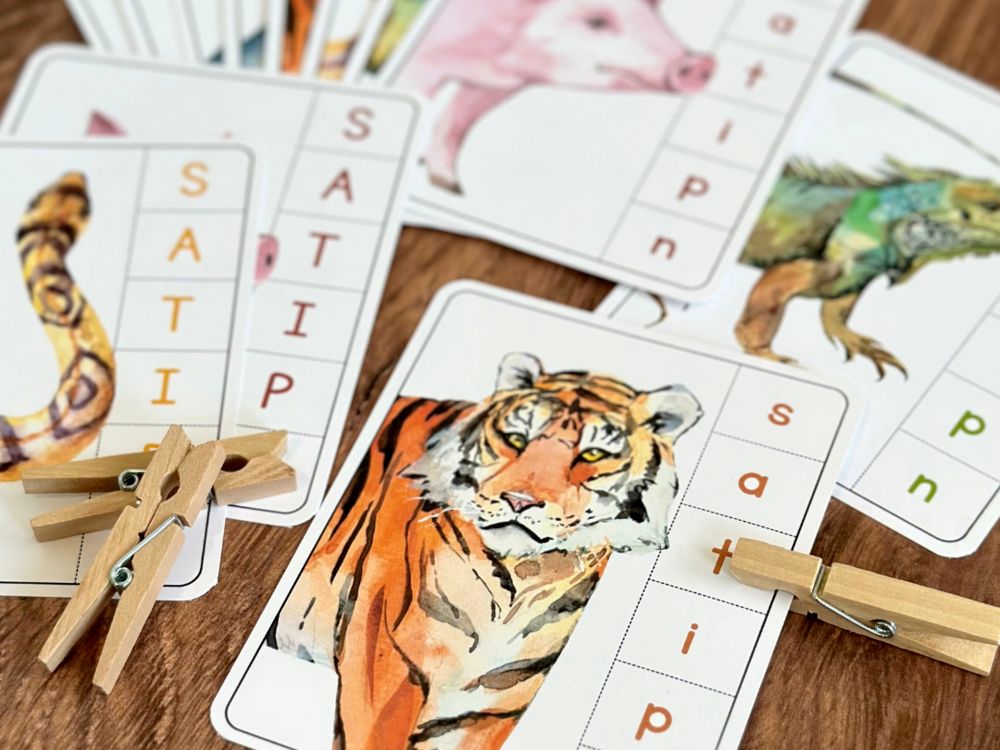
I have really enjoyed all of your chicken posts, but my question regarding this post is you said that your first chick popped out on day 19 but your others took longer. What did you feed this chick in the mean time? I have read that chicks don’t need food for three days after they hatch but I would greatly appreciate your input on what you did!
Hi Laura! Thanks so much for reading – and so glad you like the posts on chickens! I adore chickens! When our little early bird hatched, we left him in the incubator with the others for about 24-36 hours or so. No food was needed. They absorb the rest of the yolk sac right before hatching, so can easily go 48 hours without food. We left him in the incubator to dry, but also so his peeping would encourage the other little ones out of their shells. At about the 24-36 hour mark (sorry I can’t remember exactly) we moved him into the brooder, which was nice and warm because of the heat lamp. In the brooder we had chick starter food and water (a special chicken waterer, because little chicks cannot have an open dish of water as they, apparently, may drown themselves in it). When the other little ones started hatching we would leave them in the incubator for 12 hours or so until they were all dry and fluffy and then move them to the brooder as well. Hope this answers your question! Would be very happy to answer any more. Thanks so much for reading!
How many eggs do you incubate at a time?
Great question! According to the books, it works best to fill the incubator as full as possible. That being said, the most I have ever done is 12 eggs (which fills the incubator about 1/4). My hatch rate was still great! I would suggest doing a dozen for your first hatch!
Did you ever write The post on embryo development and candling eggs? I cannot find it.
Hi Alicia – I’m afraid I did not! Thank you for the nudge though – I will write it this spring when we hatch
Hi there! How big was your aquarium? I have a 20 gallon that I had used for our class lizard. Would this be too small?
Hi there, Thanks for your note Becki. We used a rabbit cage. I would worry that an all glass aquarium might get too hot with the heat lamp that is needed. Though I guess you could try with the heat lamp (before you hatch) to ensure that it doesn’t get overly hot inside. Ideally, there should be one area that is about 100 degrees, and another section that is cooler so the chicks can move to the warmth/cool as needed. Let me know what you find!
HI!
I am on Day 19 and read that chicks can get “splay-leg” if on a slick surface when they hatch. I bought the “no-slip” shelf material that the article recommended, but is it ok to move the eggs to put the material under them on Day 19?
Thank you!
Gracie
Hi Gracie – great question! Yes, you can definitely move the eggs and put down a non-slip surface. They should be out of the egg turner by now and laying flat in the incubator at this point. I would move them very, very carefully to a basket lined with a towel and cover them with the towel to keep them warm. Then pop in the non-slip surface and return the eggs to the incubator. Just check the humidity level after to ensure it is still humid enough after removing the lid for that short period of time. Good luck with your hatch!!! So exciting!!
Hello, I really enjoyed reading your chicken posts! I was wondering what did you do with the chicks afterwards? Did you keep them? Did you return them to the farmer? Thank you 🙂
Hi there! I am so glad you liked this post. That is a great question and definitely something that needs to be considered before hatching. The first few times I hatched I worked with the farmers that I got the eggs from and they took the chicks back to their farm after about 2 weeks. Now we are on a farm ourselves so get to keep the chicks and grow our flock slightly each spring. Thank you for bringing this up!